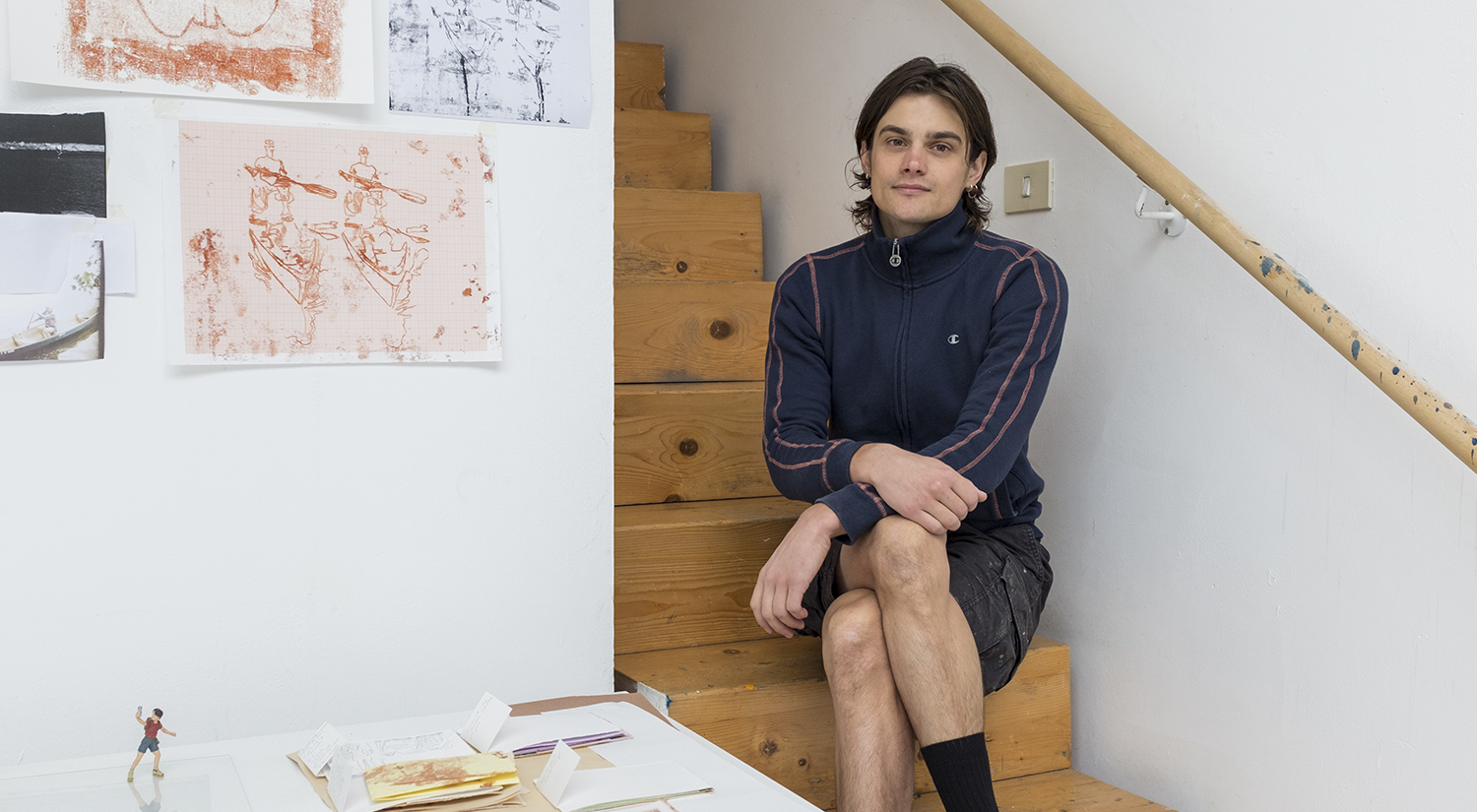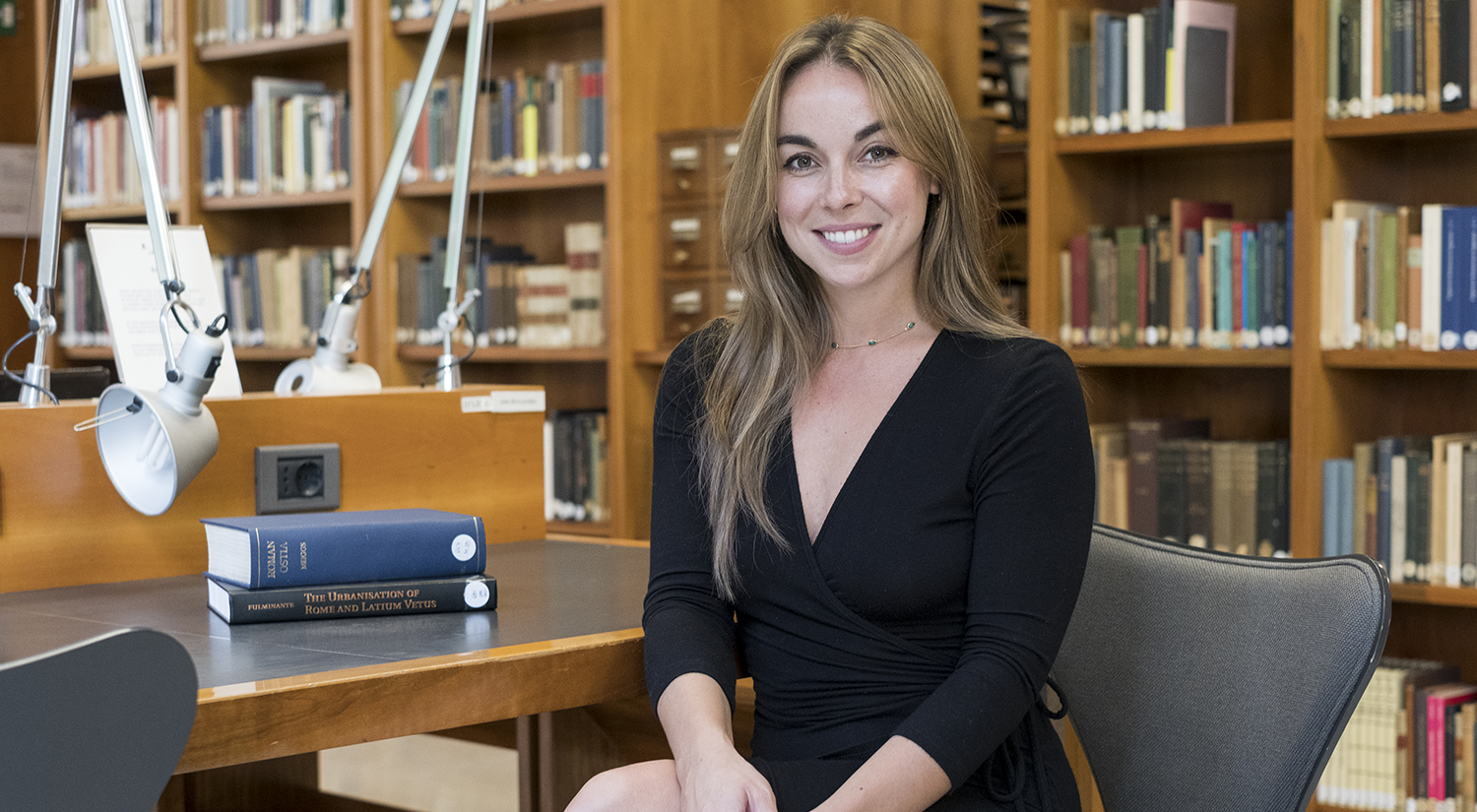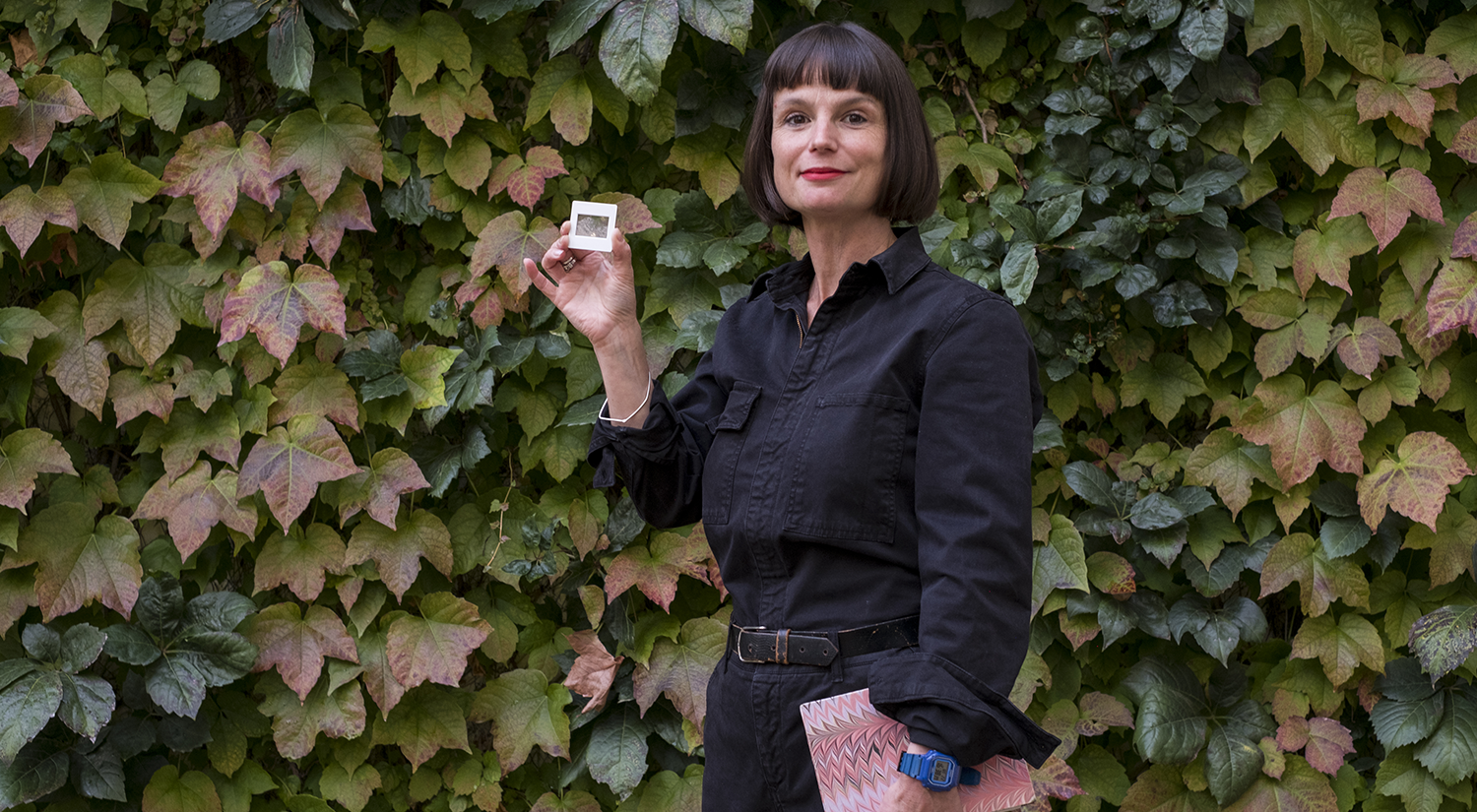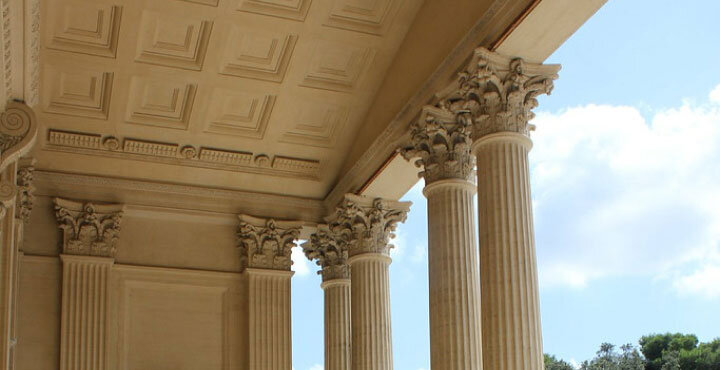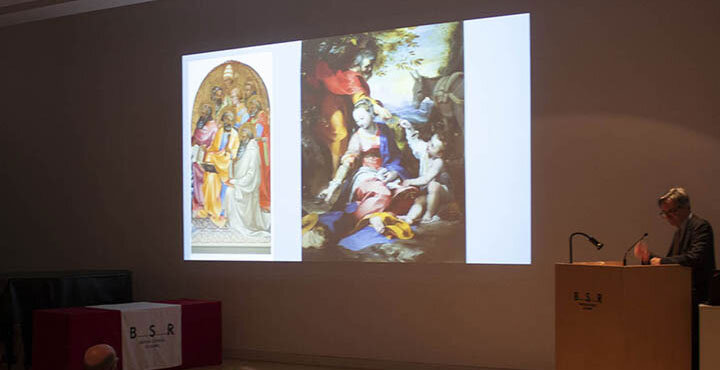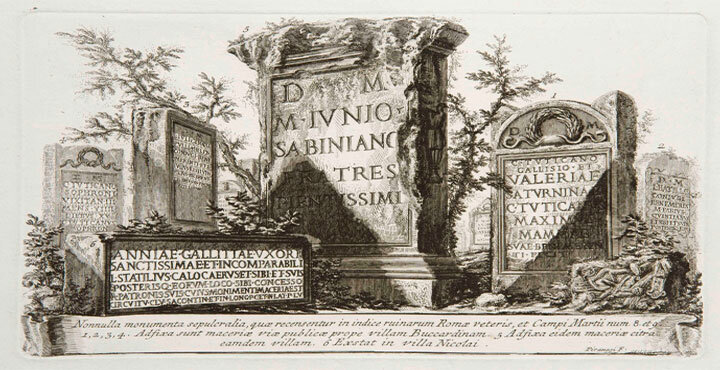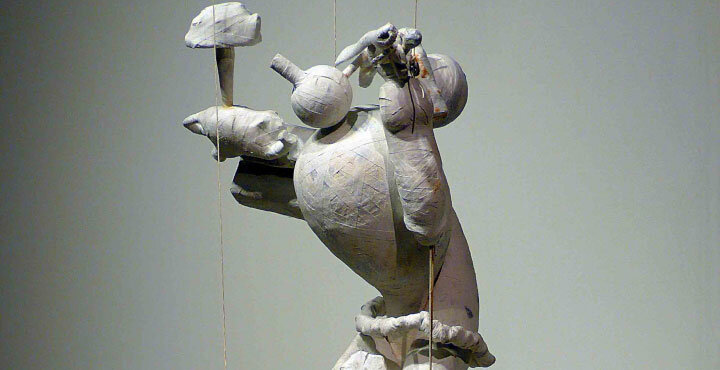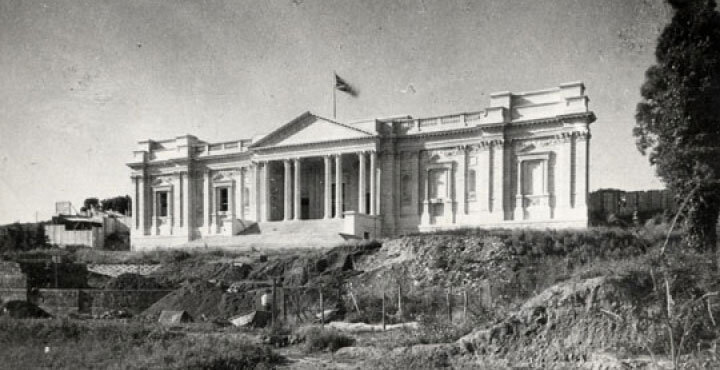In this blog, Danny Leyland—Abbey Scholar at the BSR from September 2025 to June 2026—shares reflections on his residency experience and the research he will present at the December 2025 Winter Open Studios.
In the studio I am making a series of artist books, assembled from drawings, photographs, monoprints, and pages cut from other discarded books.
Handling my collated material, I am not unlike an amateur antiquarian from an earlier age; I madly categorise, forensically magnify, and endlessly interpret. I create loose typologies and identify recurring motifs. I have given each book a preliminary title: ‘House of the dead’, ‘In flight’, ‘Leisure’, and ‘Grave goods’.
It is the fundamentally mysterious, even mystical quality of certain images that continues to interest me, and I find that painting, with its ability to slip and slide, to dissolve boundaries, direct the gaze, to clarify and also to obfuscate, is singularly effective in approaching this sense of mystery.

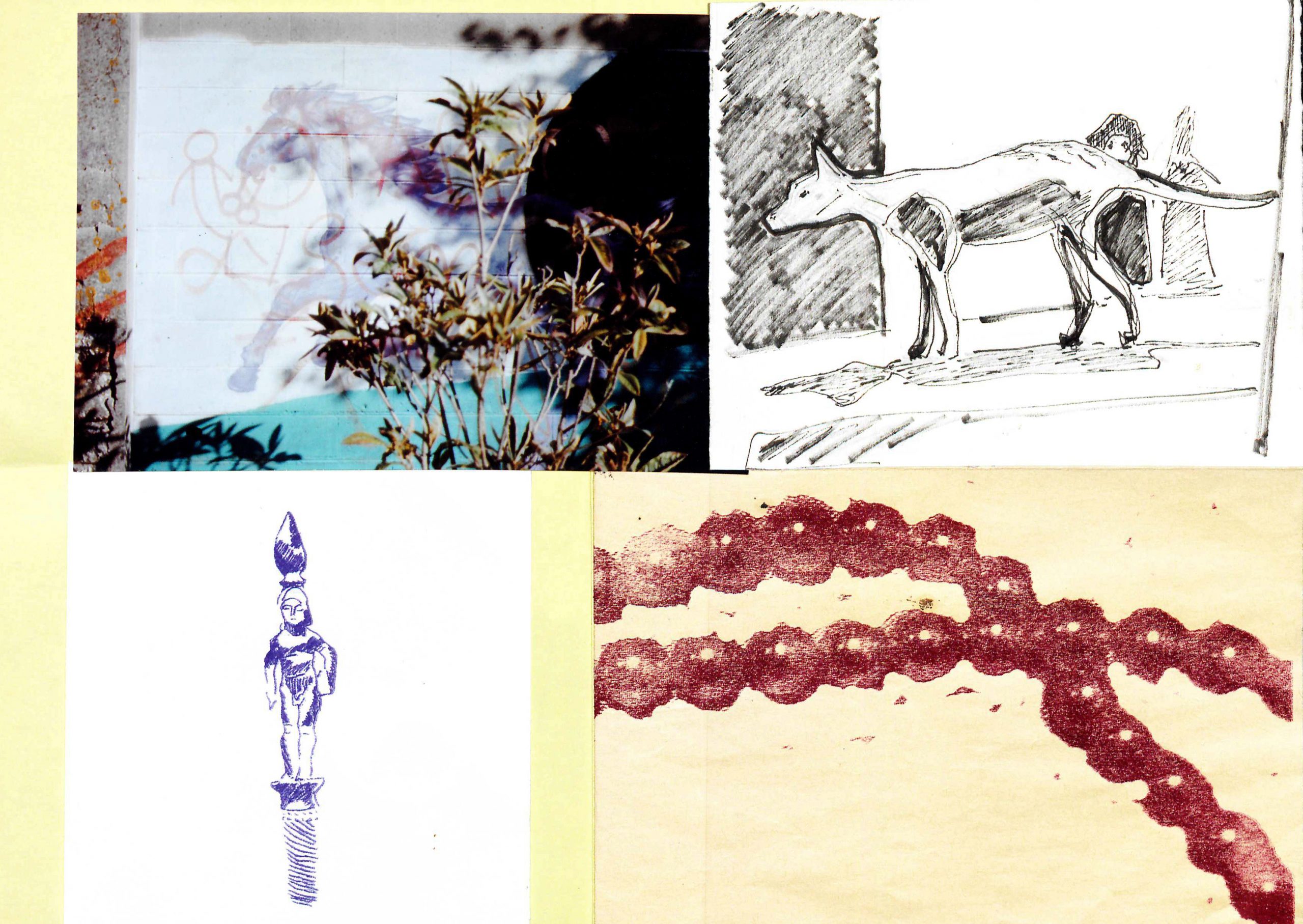
Informed by Potential History: Unlearning Imperialism by Ariela Azhouly (2019), I have been thinking about the transactional way in which objects of the past are presented and looked at in museum contexts. This mode of presentation, a way of looking at things in order to extract meaning or pleasure, is akin to the way in which figurative painting operates, with its unique ability to render the textures and surfaces of its subjects, from the feathers and furs of dead animals, and flower displays in full bloom, to the ripening skin of fruit, and the flesh of a reclining nude.
In Roma’s centro storico, not far from the British School, I pass a display in a shop window. Photographs of bikini models, or postcard girls, faded by the sun, stacked one atop the other.
Or is it just the past? Those flowers, that gate, These misty parks and motors, lacerate Simply by being you; you Contract my heart by looking out of date.
Lines on a young lady’s photograph album, Phillip Larkin, 1953.
There is something entombed about these images, their colours washed out after years of encasement behind glass. In my imagination, the odd little display forms a conversation with the shelves and alcoves of a Roman columbarium, such as those in the Museo di Roma at the Baths of Diocletian.
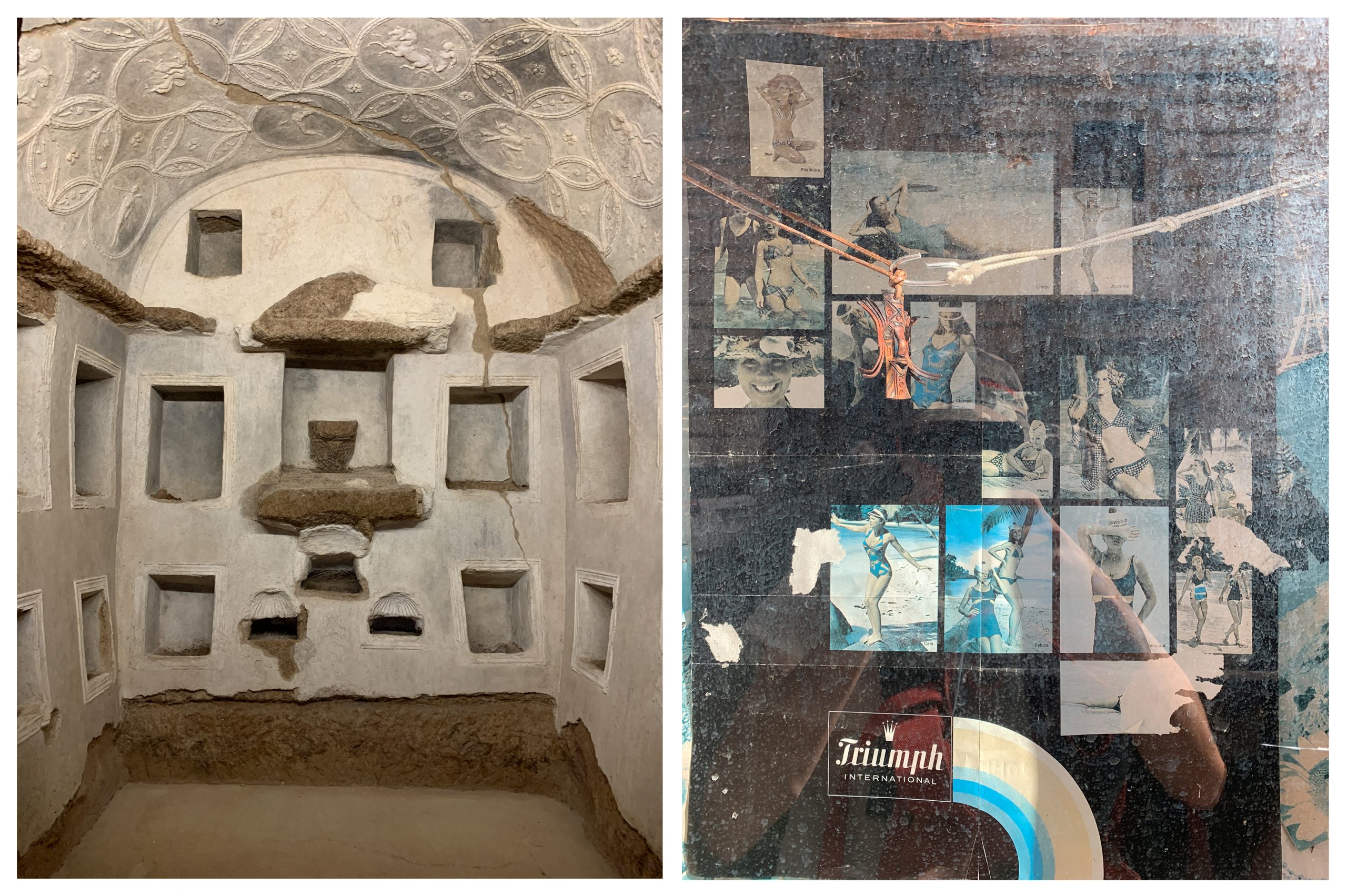
The shelves and cases of museum displays, the grids on digital interfaces, the complex geometry of cosmatesque floors, and the bric-a-brac of shop windows: each have provided useful visual devices for a series of works I have been painting on bark paper.

Whilst some of the images have seemed to create for themselves a more or less coherent scenario, others exist freely floating in a more abstract space. In handling the images themselves, I have enjoyed pushing their qualities and forms, stretching them through the materiality of the paint.
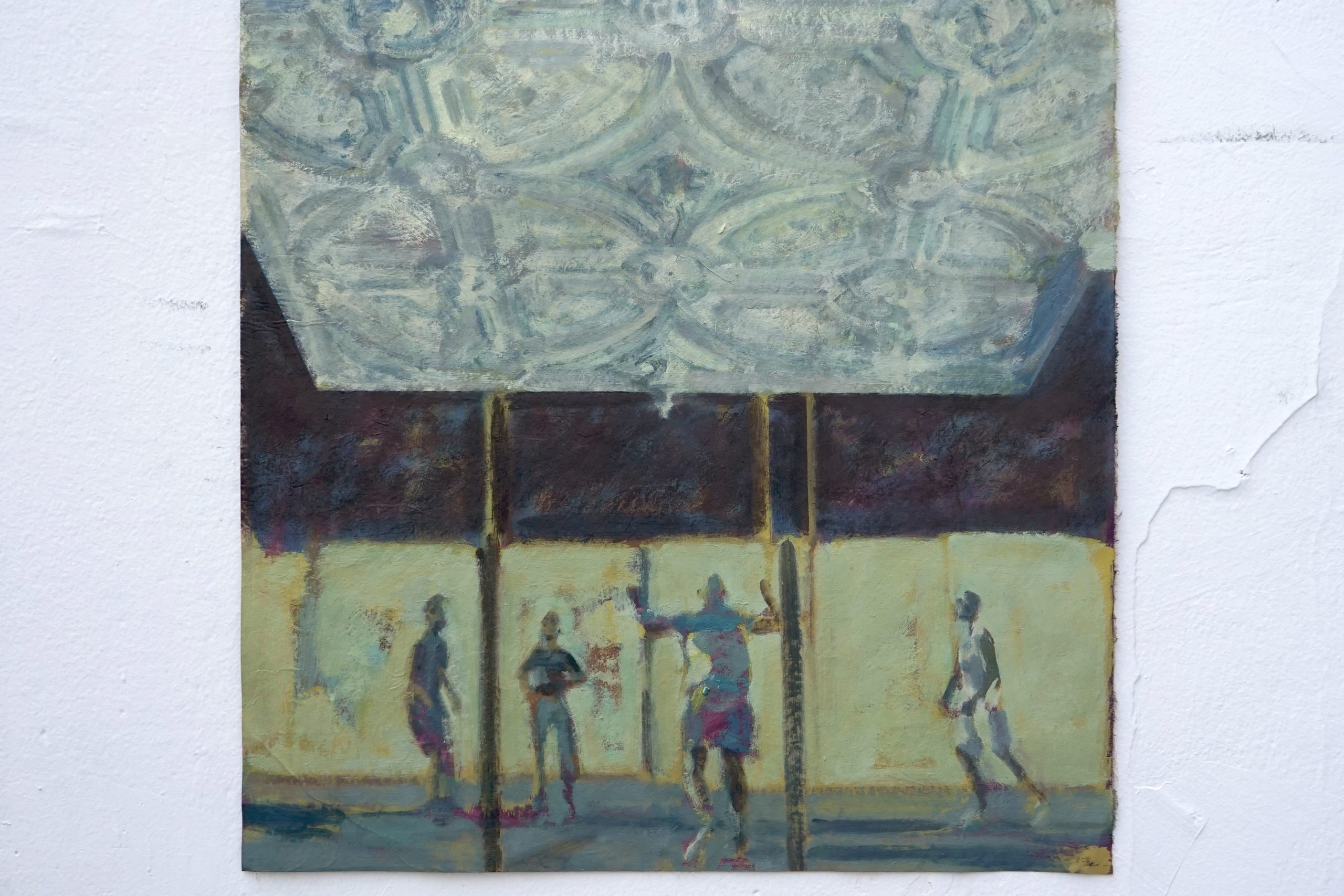
When it’s time to leave the studio, I’ve often had this same experience – whether it was a studio in East London, or in Sydney’s Inner West. After a long day of painting my body will feel sort of close and constrained. And when I shut the door of the studio building behind me, and step out on to the street, all the air and light of the outside world will suddenly touch me with all its immediacy and clarity. In a state of hyper visual-awareness, I cannot help but notice a seemingly infinite accumulation of tiny, glistening details. They impress themselves upon me. Then, I exist in this dual state – on the one hand of being lifted by the sense of possibility, the delirious thrill of discovery, of noticing things – while, on the other hand, I am crushed by my inevitable inability of being able to encompass all of these senses within my work. Then, I fear I am fated to be like the writer Bergotte in Proust’s The Prisoner and the Fugitive, who, on what is to be the final day of his life, stands in front of a Vermeer painting:
‘that is how I should have written, he said to himself… I should have applied several layers of colour, made my sentences precious in themselves, like that little patch of yellow wall.’
– Here at the BSR I am keeping the radar of my sensory imagination on high alert for this same vital quality, this elusive band of yellow paint, so that I do not let it pass by.

